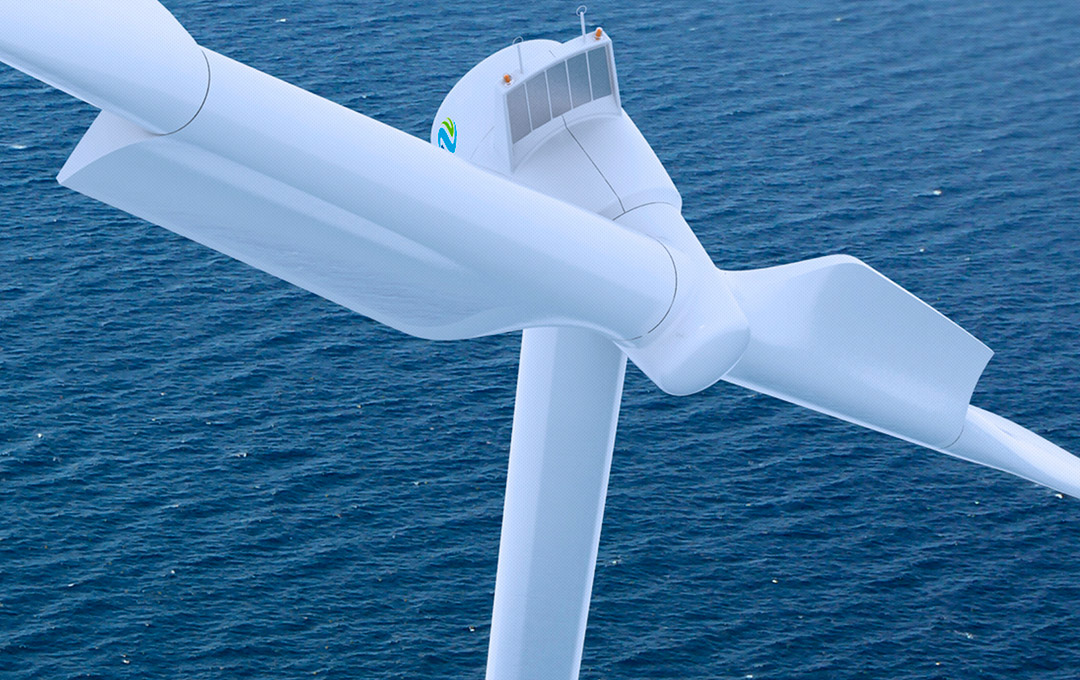Superconductivity Primer
Superconductivity is a phenomenon that causes certain materials, at low temperatures, to lose all resistance to the flow of electricity. The lack of resistance enables a range of innovative technology applications. The temperature at which resistance ceases is referred to as the “transition temperature”, or critical temperature (Tc). Tc is usually measured in kelvin (K)—0 K being absolute zero. HTS gets its name originally because it has a higher transition temperature (77 K, which can be achieved when using liquid nitrogen) than Low temperature superconductivity (LTS) (around 4.2 K, which can be achieved using liquid helium).
Devices based on superconductivity have been available in certain niche markets for decades. In particular, superconducting magnets are used in many applications requiring powerful electromagnets, such as in magnetic resonance imaging (MRI) machines.
High temperature superconducting (HTS) wire is the key enabler of making devices for the electric power system that are more efficient and resilient than conventional solutions. Several examples of well-recognized types of superconducting wire include:
- BSCCO, known as first generation (1G) HTS wire (Bismuth - Strontium - Calcium - Copper – Oxide)
- REBCO, known as second generation (2G) HTS wire (REBCO stands for “Rare earth - Barium - Copper Oxide” for the superconducting compound; REBCO is also referred to as YBCO since Yttrium (Y) is the element most often used in 2G wire)
- MgB2 (Magnesium diboride)
Another critical component of a superconductive device is the cryogenic system. Low temperature superconductors operate at the “low” liquid helium temperature of (4 K or -296°C). High temperature superconducting (HTS) materials operate at the “high” temperature of liquid nitrogen (77 K or -196°C). Because liquid nitrogen is cheaper than liquid helium, HTS technologies offer greater potential to develop cost-effective solutions for the electric power sector.

Planning is underway to replace conventional wind generator with HTS based device. Courtesy of EcoSwing.
As we proceed in the 21st century, superconductivity is creating opportunities for new commercial products in the electric power sector, such as high-capacity power cables, fault current limiters, high efficiency generators for offshore wind turbines, magnetic energy storage, and novel transformers. The devices based on superconductivity do not simply provide improvements over conventional electric grid technologies; they provide unique solutions to challenges that cannot be achieved otherwise.
Additional background information is available in the glossary.
What's New
- HTS Readiness Map for Industrial Applications
- Annual Report 2022: IEA Technology Collaboration Programme on High-Temperature Superconductivity
- HTS Wire Enabling Market Disruption
- HTS Readiness Map for Energy Delivery Systems, Manuscript published at the Applied Superconductivity Conference 2022
- High Temperature Superconductivity Application Readiness Map for Energy Delivery (July 2021)
- Summary of High Temperature Superconductivity Readiness Map
- Collaboration with TCP Wind
- Energy Efficiency, Resilient Electric Systems, and Transportation Applications Using High-Temperature Superconductivity
- Visualize the World’s HTS Projects
- Collaboration with other IEA TCPs
- Learn how the HTS TCP is fostering the young generation of scientists
- Interested in Membership?
Events
- HTS TCP 18-20 September 2023, Geneva, Switzerland, ExCo Meeting
- IEEE CSC Events Calendar
Historical Newsletters
- HTS Newsletter: Summer 2019
- HTS Newsletter: Fall 2017
- HTS Newsletter: Winter 2017
- HTS Newsletter: Fall 2016
